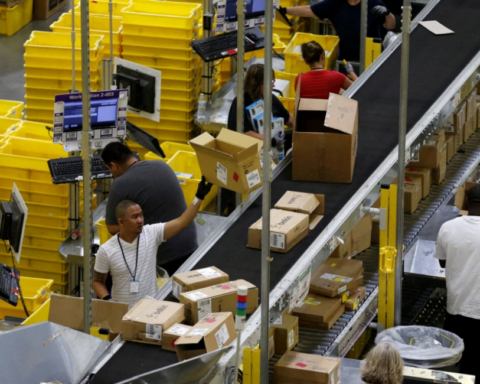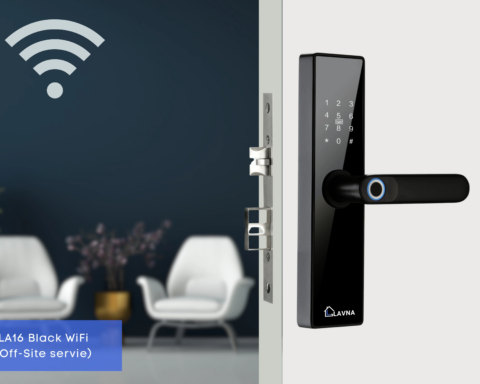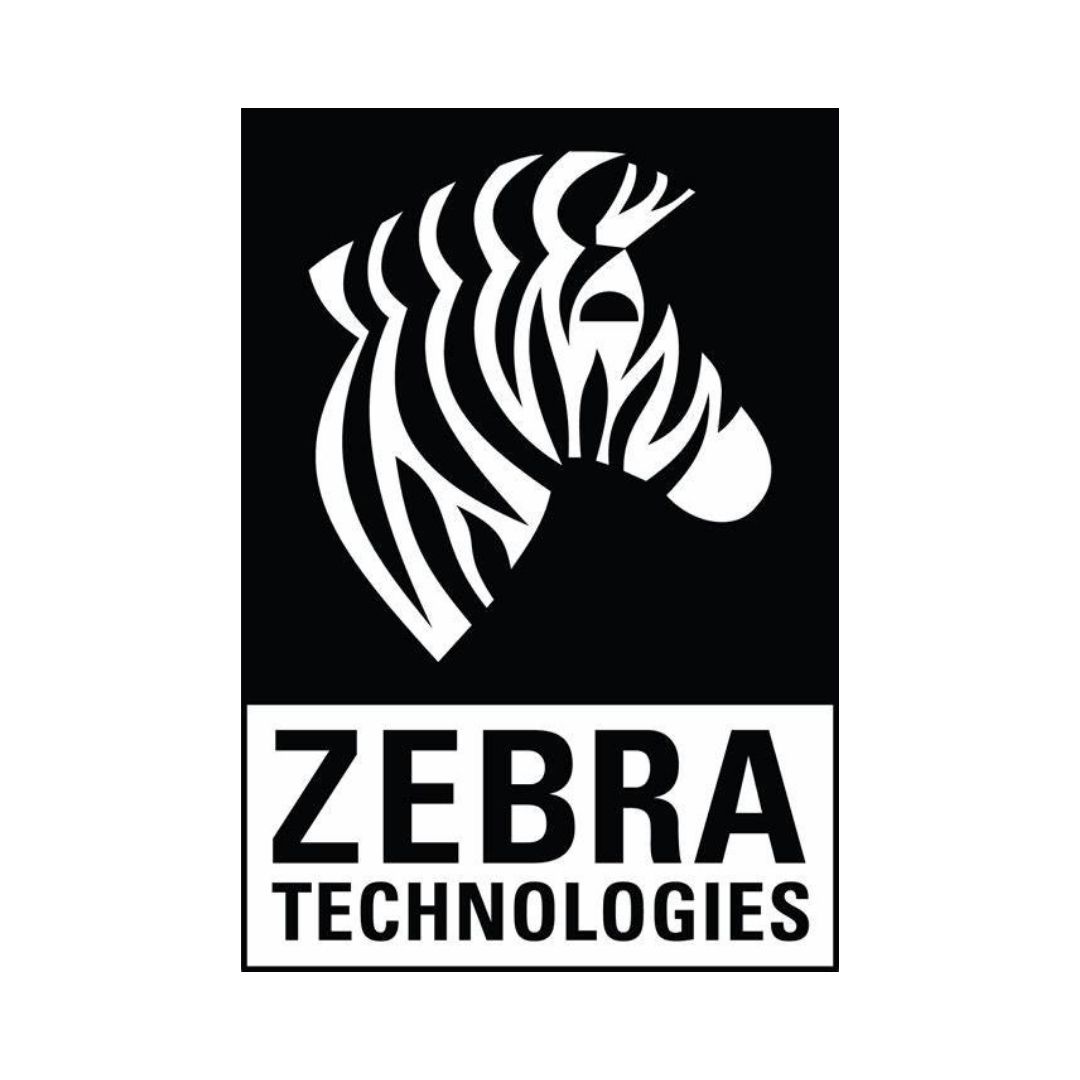Around 95% of the total toll collection of the National Highways Authority of India (NHAI) is through Fastag powered by RFID Technology, says Mr.Subramaniam Thiruppathi, Country Lead India and Sub-Continent, Zebra Technologies Asia Pacific in an exclusive interview with the IT-Voice Media. Here is an excerpt from the interview with the industry leader.
Prateek: What are the benefits of RFID in healthcare? How could the technology be used for increasing efficiency and decreasing the result time?
Subramaniam Thiruppathi: Usage of RFID technology helps healthcare frontline workers locate medical equipment in the need of the hour, especially during emergencies. Hospital IT teams help to track misplaced Assets and ensure optimal usage.
Patient tracking using RFID tags affixed to the patients helps in real-time location systems (RTLS) to verify patients’ locations. This can be quite useful especially during a crisis or pandemic whereby the hospital is in a chaotic situation and is packed with both In and Out-Patients at the same time.
There are numerous use cases of RFID in healthcare. In fact, every step of the patient journey can be captured with RFID, which helps clinicians provide optimal care and safety to their patients. The deployment of RFID based technologies in a healthcare infrastructure helps to:
- Reduce time to treatment: The analysis of treatment and location data to optimize workflows will ensure that patients with critical heart or stroke risks can get treated as quickly as possible.
- Improve patient monitoring: Zebra’s solutions can help to track cognitively and physically impaired patients, allowing staff to monitor patient location continuously to prevent falls and injuries.
- Secure mother-infant tracking: Patient tracking and infant security systems ensure proper mother-to-infant matching, providing optimal safety and security for the newborn.
In the case of hospital asset tracking, RFID sensors and tags can be placed on critical medical assets and devices like patient blood bags, IV pumps, heart monitors, beds, wheelchairs, and anything that influences patient outcomes or has high monetary value. RFID readers will then automatically note the location of the asset or device as it moves, thereby providing real-time visibility into every item. This helps to:
- Improve inventory management: This ensures that the healthcare front-line workers have ready access to all the critical supplies and assets they need.
- Lower operational costs: Through RFID technology, hospitals will be able to better understand which medical equipment is under-utilized. This helps to improve utilization rates of existing equipment, thereby reducing the unnecessary purchase of extra inventory.
- Automate clinic inventory: RFID technology helps to achieve automated inventory management that allows healthcare front-line workers to enjoy real-time inventory data, monitor trends, and order before supplies are below critical levels. Through this, it frees up their time to focus on patient care, which enhances the patient experience.
Lastly, RFID technology can help with the tracking of hospital staff. Through the capturing of this data, hospitals will be able to optimize their clinical workflows and avoid bottlenecks. This translates to the ability to make informed decisions, better streamlining of workflows, and improved patient care as a result.
Zebra’s RFID technology can enable hospitals with a performance edge by connecting their diverse data into the kind of actionable insights that lead to optimal care. Zebra’s solutions help them identify, track, locate and monitor the condition of every patient, staff, and asset in their organization, thereby enabling their healthcare facility with business intelligence that helps deliver better outcomes for their patients and their bottom line.
Prateek: What is the scope of RFID technologies in the year 2021?
Subramaniam Thiruppathi: In 2021, COVID-19 continues to impact enterprises across varying industries. The pandemic has caused them to evolve accordingly to cope with the new business challenges that have been brought about. One of the key weaknesses that have been exposed by the pandemic is that enterprises and their respective supply chains lack real-time visibility of their inventory. They simply do not know how much stock they have left on their shelves or the balance in their warehouses. As such, they are unable to make a swift decision whether to replenish their stock right away.
In the case of supermarkets, the mad rush for groceries and daily essentials during the initial outbreak and on the eve of city lockdowns, almost paralyzed their operations because goods could not be replenished fast enough to cope with the sudden surge in demand.
As for other brick-and-mortar retailers, most of them have since embraced e-commerce to keep their businesses afloat as social distancing measures and city lockdowns have prevented shoppers from visiting their stores physically. To cope with the increased popularity of e-commerce, such retailers will need to adopt RFID technology to help them better manage their inventory and fulfillment to satisfy the instant gratification of online shoppers today.
The ability to automatically identify and track items through the supply chain, manufacturing, transport, and delivery processes, will help businesses make well-informed decisions swiftly when it comes to replenishing their stock. This is crucial because over-stocking will cause storage constraints while undersupplying will lead to loss of business revenue.
Prateek: What role can the RFID play in the process of FASTags?
Subramaniam Thiruppathi: In the case of FASTags, it is an innovative and sophisticated electronic toll collection system, and it is powered by RFID technology. Under this system, toll payments can be made directly from the prepaid or savings account linked to the system. FASTag is affixed to the windscreen of the vehicle and the vehicle can be driven through the toll plazas without making a stopover for transactions. The tag is made available for purchase from the participating banks or official Tag issuers. Once FASTag is linked to the prepaid account of the vehicle owner, recharging or top-up can be done as per the wish of the owner.
Around 95% of the total toll collection of the National Highways Authority of India (NHAI) is through Fastag, which has more than three crore users. FASTags have proved to be practical and beneficial.
Yet FasTags is just one of the many use cases for RFID.
Increasingly, we believe there will be more RFID used cases by the public sector too. Globally, Zebra solutions are being used by various public sectors including the police, fire and rescue services, ambulance, and even defense and security. With our extensive experience gained from working with public sectors across the world, we are confident that our solutions will be able to help India’s PSUs to achieve real-time visibility thereby gaining enhanced efficiency and greater productivity.
Prateek: How has the technology proven instrumental in enhancing delivery processing and handling at fulfillment centers for e-commerce companies?
Subramaniam Thiruppathi: Due to the pandemic, consumers have completely changed their shopping habits with increased frequency and volume of online spending due to safe distancing. According to Zebra’s 13th Global Shopper Study, six in ten retailers said the pandemic has accelerated their technology spending plans. The bottom line is that only retailers who embrace and invest in the right technologies like RFID will be positioned to meet shopper expectations for safety, efficiency, and convenience.
Notably, all retailers who deliver directly to customers face challenges in seeking e-commerce fulfillment models that work alongside store fulfillment.
As such, e-commerce companies have also been leveraging the latest innovations to optimize their fulfillment centers and fleet and delivery systems, from equipping workers with mobile devices that enhance speed, accuracy, and productivity, to the Internet of Things (IoT) and RFID devices that drive real-time inventory and asset visibility.
Prateek: How can the technology help in the automation of warehouses? Would it be beneficial for both, global supply chains and retailers?
Subramaniam Thiruppathi: RFID is rapidly regaining ground in warehouses due to its ability to provide visibility into both inventory handling processes, and the many assets needed to manage them. E-commerce retailers are also using RFID to gain visibility and security into their global supply chains, such as providing tamper-proof RFID tags to track consolidated orders tendered to a delivery partner. Zebra offers deep domain expertise developed through a long history of pioneering and innovating new RFID technologies.
RFID plays a critical role in modernizing warehouses for the era of e-commerce. It offers the promise of heightened inventory visibility – the ability to know precisely where any pallet, case, or SKU is in the warehouse at any given moment. For this reason, retailers, manufacturers, distribution.
An RFID-enabled warehouse-management system can boost efficiencies in put-away and picking, verify shipments received from the manufacturer and those shipped to stores with greater precision, increase everything from inventory accuracy to merchandise replenishment speed — while reducing opportunities for human error.
Optimizing warehouse logistics so that the right goods reach the right customers at the right time has never been more crucial amid the explosion of direct-to-consumer sales. A changing ecosystem means retailers, wholesalers, and transportation companies are not only delivering items to stores but shipping them to consumers’ homes. In addition, they are servicing more customers who buy online, pick up in-store, and meeting the growing demand for same-day deliveries.
For any such interaction opportunities, you may write to us at [email protected].







